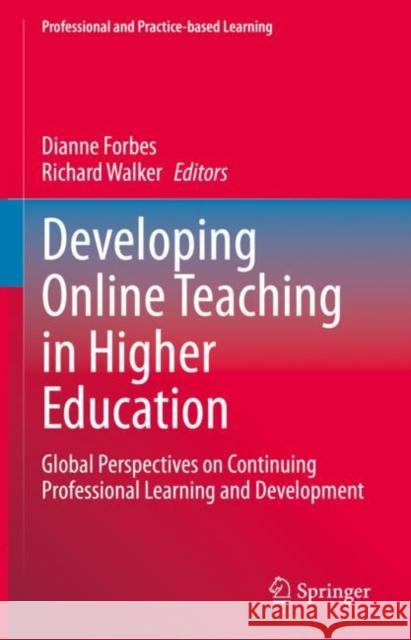Developing Online Teaching in Higher Education: Global Perspectives on Continuing Professional Learning and Development » książka
topmenu
Developing Online Teaching in Higher Education: Global Perspectives on Continuing Professional Learning and Development
ISBN-13: 9789811955860 / Angielski / Twarda / 2022 / 166 str.
Developing Online Teaching in Higher Education: Global Perspectives on Continuing Professional Learning and Development
ISBN-13: 9789811955860 / Angielski / Twarda / 2022 / 166 str.
cena 605,23
(netto: 576,41 VAT: 5%)
Najniższa cena z 30 dni: 539,74
(netto: 576,41 VAT: 5%)
Najniższa cena z 30 dni: 539,74
Termin realizacji zamówienia:
ok. 22 dni roboczych
Bez gwarancji dostawy przed świętami
ok. 22 dni roboczych
Bez gwarancji dostawy przed świętami
Darmowa dostawa!
Kategorie:
Kategorie BISAC:
Wydawca:
Springer Verlag, Singapore
Seria wydawnicza:
Język:
Angielski
ISBN-13:
9789811955860
Rok wydania:
2022
Ilość stron:
166
Wymiary:
23.5 x 15.5
Oprawa:
Twarda











